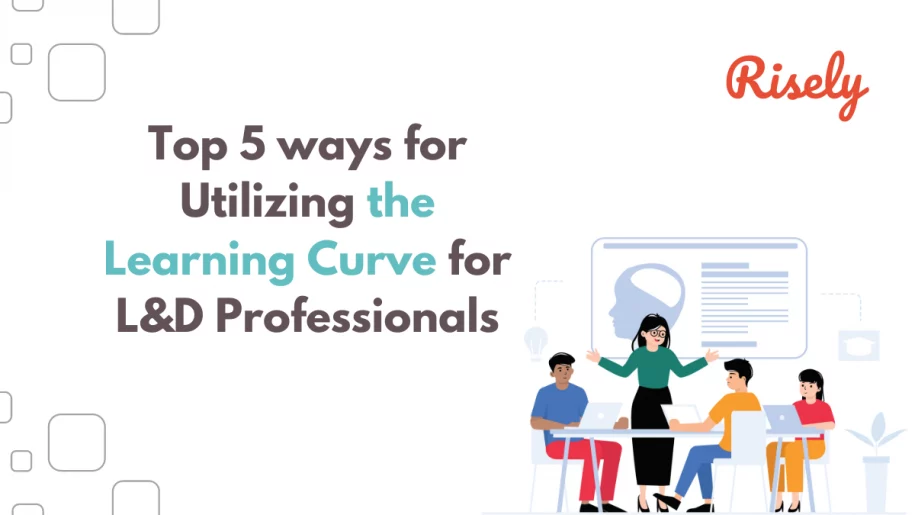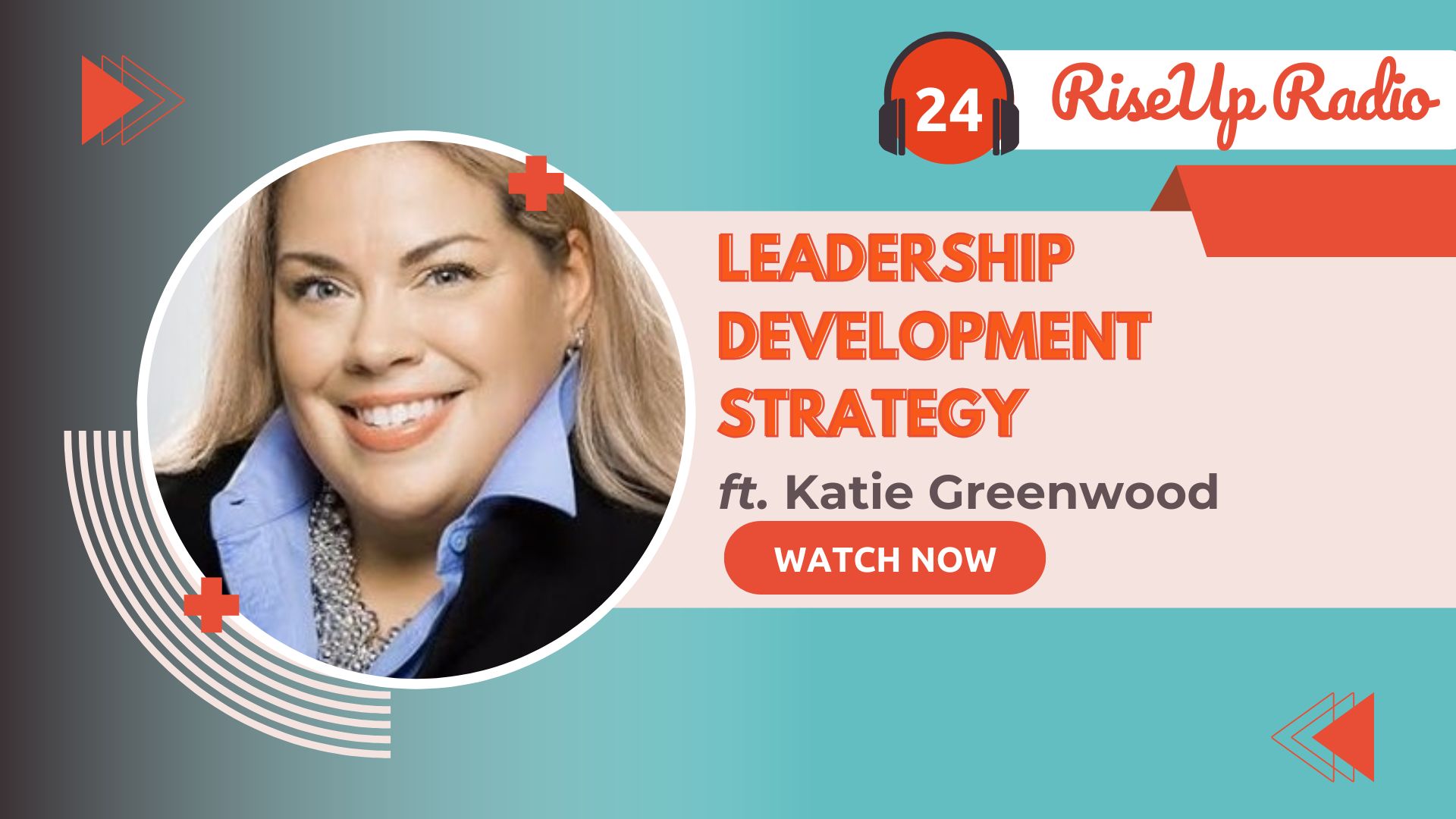Top 5 ways for Utilizing the Learning Curve Theory for L&D Professionals
Introduction: Welcome, fellow Learning and Development (L&D) enthusiasts, to a journey into the fascinating world of learning curve theory! In this blog, we’ll explore the ins and outs of learning curve theory and uncover practical strategies to optimize training programs and enhance learning outcomes. So, let’s dive deep into the art and science of mastering the learning curve.Learning Curve Theory Meaning
Picture this: It’s the early 20th century, and industrial engineers are grappling with the challenge of improving factory efficiency and productivity. Along comes the concept of the learning curve theory, initially observed by T.P. Wright. It suggests that as workers gain experience, they become more proficient at tasks, increasing efficiency. Fast forward to today, and the principles of the learning curve theory have found applications in diverse fields, from psychology to education to business management.Types of Learning Curves
Learning curves come in various shapes and sizes, each shedding light on different aspects of the learning process. Take the traditional experience curve, for example, which illustrates the phenomenon of diminishing returns as experience accumulates. Then, there’s the power law of practice, highlighting the exponential growth in skill acquisition with repeated practice. And let’s not forget the forgetting curve, which reminds us that learned information fades over time without reinforcement. Understanding these curves is essential for crafting effective training programs catering to the learning process’s nuances.Other Interesting Reads
Factors Influencing Learning Curves
- Complexity of the Task: The difficulty level of the skill or knowledge being acquired can significantly impact the shape of the learning curve. For instance, riding a bike might have a steeper initial learning curve than learning basic arithmetic.
- Learner’s Prior Knowledge and Experience: Individuals with existing knowledge or experience related to the task may progress more quickly along the learning curve than complete novices. This prior knowledge acts as a foundation upon which new learning is built.
- Quality of Instruction: Effective teaching methods, clear explanations, and supportive feedback can all contribute to a smoother learning curve. Conversely, poor instruction or lack of guidance may hinder progress.
- Individual Learning Styles: Different learners have different preferences and strengths regarding learning. Understanding and accommodating these differences can help tailor training programs to better suit the needs of participants.
- Spaced Repetition: Incorporate spaced repetition techniques into training programs to reinforce learning and combat the forgetting curve. By spacing out review sessions over time, learners can strengthen their memory retention and maintain long-term mastery of new skills.
- Interactive Learning Activities: Foster active engagement and participation through interactive learning activities such as simulations, role-playing exercises, and group discussions. These hands-on experiences enhance learning and make the journey along the learning curve more enjoyable and rewarding.
Applications in Training and Development
1. Customized Learning Paths: Tailor training programs to accommodate diverse learning styles and skill levels by recognizing individual differences influencing learning curves. For instance, offering visual demonstrations alongside hands-on practice sessions caters to visual and kinesthetic learners. 2. Progressive Skill Development: Anticipate stages of skill acquisition along the learning curve to plan training activities accordingly. As learners progress, provide increasingly complex tasks or challenges to support continued development. 3. Feedback and Reinforcement: Provide timely feedback and reinforcement to keep learners engaged and motivated as they navigate the learning curve. Regular assessments, praise for progress, and constructive criticism contribute to a positive learning experience. 4. Adaptive Learning Strategies: Employ adaptive learning strategies that adjust the pace and content of training programs based on learners’ progress along the learning curve. Personalized learning paths ensure that each individual receives the support and resources they need to succeed. 5. Real-world Application: Facilitate opportunities for learners to apply newly acquired skills in real-world contexts. Projects, case studies, and simulations allow learners to transfer knowledge from the training environment to practical situations, reinforcing learning and enhancing retention. Learn more: 7 strategies for employee professional development.Optimizing Learning Curves Theory
1. Deliberate Practice: Encourage learners to engage in deliberate practice, focusing on specific goals and systematically breaking down complex skills into manageable components. This targeted approach accelerates progress along the learning curve. 2. Spaced Repetition: Integrate spaced repetition techniques into training programs to reinforce learning and combat the forgetting curve. By spacing out review sessions over time, learners strengthen memory retention and maintain long-term mastery of new skills. 3. Interactive Learning Activities: Foster active engagement through interactive learning activities such as simulations, role-playing exercises, and group discussions. Hands-on experiences enhance learning and make the journey along the learning curve more enjoyable and rewarding. 4. Gamification: Incorporate gamification elements into training programs to increase learner motivation and engagement. Progress tracking, rewards, and competition add fun to the learning process, driving learners to progress further along the curve. 5. Peer Learning Communities: Establish peer learning communities where learners can share experiences, exchange ideas, and support each other’s progress along the learning curve. Collaborative learning environments foster camaraderie and mutual encouragement, enhancing learning outcomes for all participants.Conclusion
As we look to the future, the possibilities for leveraging learning curve theory are endless. With advances in technology, neuroscience, and cognitive science, we’re gaining new insights into the learning process and uncovering innovative approaches to training and development. From virtual reality simulations to personalized learning algorithms, the tools and techniques at our disposal are evolving rapidly, opening up exciting possibilities for enhancing learning outcomes and driving performance improvement. By staying curious, agile, and committed to the pursuit of knowledge, we can continue to push the boundaries of what’s possible and unlock the full potential of the learning curve theory. And so, dear readers, we’ve reached the end of our journey into learning curve theory. From its humble origins in the factories of yesteryear to its modern-day applications in training and development, the learning curve remains a powerful tool for unlocking human potential and driving performance improvement. As L&D professionals, we are privileged to harness the insights gleaned from learning curve theory to create learning experiences that inspire, empower, and transform. So, let’s roll up our sleeves, embrace the challenges ahead, and embark on a lifelong quest for mastery.Ace performance reviews with strong feedback skills.
Master the art of constructive feedback by reviewing your skills with a free assessment now.
Other Related Blogs
Building an Ultimate Leadership Development Action Plan
How to Build a Leadership Development Action Plan? Having a strong Leadership Development Action Plan is more critical than ever in today’s evolving business world. Whether you’re looking to drive…
Leadership Journey Examples on the RiseUp Radio Podcast
Leadership Journey Examples on the RiseUp Radio Podcast Leadership isn’t a destination – it’s a journey filled with twists, turns, and transformative moments that shape not just careers, but entire…
What is Immersive Learning? A New Era in Education
In this blog, you’ll learn what is immersive learning and how it is changing training, increasing engagement, and influencing the future of workforce development. … Read More
What are Learning Designs? All You Need To Know
This blog explains what learning designs are in depth while also covering it’s key components. It tells you about the process involved in creating a good learning design along with…


